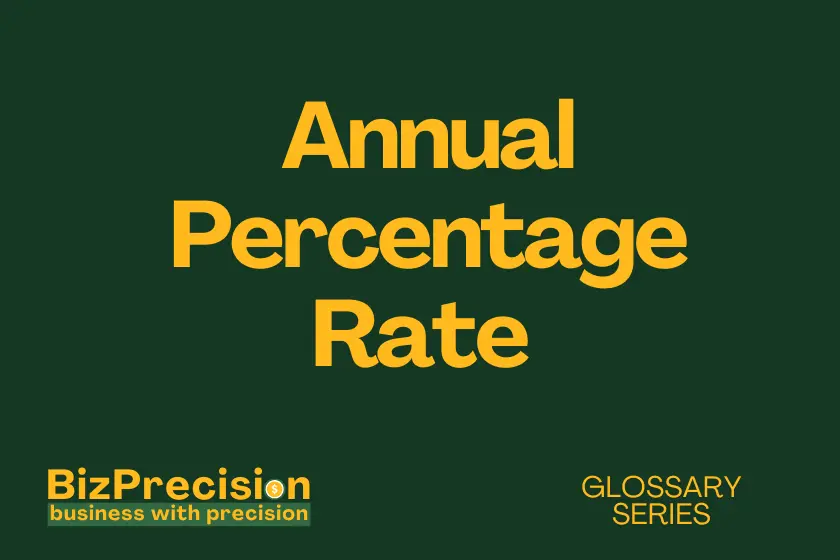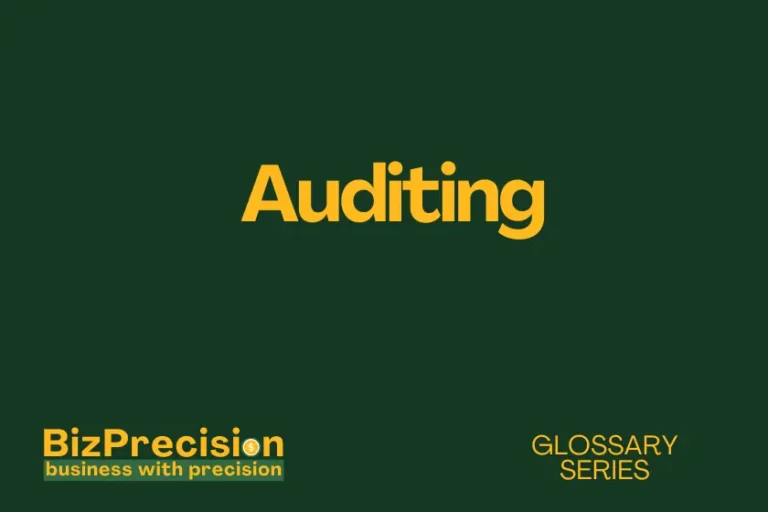What Is Annual Percentage Rate (APR)?
Annual Percentage Rate (APR) is the yearly cost of borrowing money, shown as a percentage of the loan amount.” This rate includes both interest and fees.
APR plays a key role in smart money choices. According to the Federal Reserve’s 2023 Consumer Credit Report, the average credit card APR reached 20.92% in December 2023, making it vital to understand your borrowing costs.
Want to make better borrowing choices? Let’s explore how APR works and why it matters to your wallet.
Understanding APR Fundamentals
How APR Works
APR shows the true cost of your loan. Think of it as the price tag for borrowing money. Unlike basic interest rates, APR adds up all the costs.
Here’s what goes into your APR:
- Base interest rate: This is the starting point for your loan cost. Banks use this rate to earn money from lending. For example, a 5% base rate on a $10,000 loan means $500 in yearly interest charges.
- Loan fees: These are extra charges that bump up your total cost. Common fees include loan setup costs and yearly service charges. A $200 loan fee on that same $10,000 loan adds 2% to your APR.
- Insurance costs: Some loans require extra insurance. This protection adds to your total APR. If loan insurance costs $100 per year, that’s another 1% on top of your rate.
Types of APR
Different loans come with different APR types. Each one affects how much you pay.
- Fixed APR: This rate stays the same over time. A 6% fixed APR on your car loan means your rate won’t change for the whole loan term, making it easier to plan your budget.
- Variable APR: This rate can go up or down. Credit cards often use variable rates. If the Fed raises rates by 0.25%, your 15% APR could jump to 15.25%.
- Purchase APR: This applies to things you buy with credit cards. The average purchase APR is 18%, but good credit can help you get a lower rate.
APR Regulations and Protections
The Truth in Lending Act keeps borrowers safe. This law makes lenders show clear APR info.
Key rules include:
- Clear disclosure: Banks must show your APR before you sign. They can’t hide it in fine print or use tricky math to make it look lower.
- Standard format: All lenders must use the same APR math. This helps you compare loans fairly. A 7% APR at Bank A means the same thing as 7% at Bank B.
- Regular updates: Lenders must tell you about APR changes. If your variable rate will increase, you should get at least 45 days’ notice to plan ahead.
APR Applications in Different Financial Products
Credit Cards
Credit card APRs vary based on your credit score and card type. Most cards have multiple APR rates.
Recent data from the Consumer Financial Protection Bureau shows key patterns:
- Purchase APR: Most cards charge 15% to 25% for regular buys. Better credit scores lead to lower rates. A 750+ credit score might get you a 15% APR instead of 24%.
- Balance transfer APR: Moving debt between cards often starts at 0%. This rate usually lasts 12-18 months. After that, it jumps to match your purchase APR.
- Cash advance APR: Taking cash from your card costs more. These rates often hit 25% or higher. Plus, interest starts right away with no grace period.
Mortgages
Home loans use two key rates: interest rate and APR. The APR gives a fuller cost picture.
Consider these mortgage APR facts:
- Closing costs: These add 0.5% to 1% to your APR. On a $300,000 loan, $3,000 in closing costs raises your APR by about 0.15%.
- Points: Each point costs 1% of your loan but lowers your rate. Paying one point on a 6% rate might drop it to 5.75%.
- Mortgage insurance: This fee adds to your APR if you put less than 20% down. It often adds 0.5% to 1% to your total cost.
Personal Loans
Personal loan APRs depend on your credit and income. Better scores mean lower rates.
Current market trends show:
- Good credit (700+): APRs from 6% to 12%. This means $500 yearly interest on a $5,000 loan.
- Fair credit (640-699): APRs from 15% to 25%. The same $5,000 loan costs $1,000 or more per year.
- Poor credit (below 640): APRs over 30%. Costs can double your loan amount over time.
Making Informed Financial Decisions
Comparing Loans Using APR
Smart APR shopping saves money. Follow these steps to find the best deal.
Key comparison points:
- Get at least three quotes: More options mean better chances for low rates. Ask different lenders for their best APR.
- Look at total costs: A 7% APR on a 30-year loan costs more than 8% on a 15-year loan. Check the full payment schedule.
- Watch for special offers: 0% intro APRs can help if you pay off the loan during that time. Mark your calendar for when regular rates start.
Improving Your APR
Better credit leads to lower APRs. Take these steps to improve your rates:
- Check your credit report: Fix errors to boost your score. One in four reports has mistakes that hurt credit scores.
- Pay bills on time: Payment history affects 35% of your credit score. Set up auto-pay to avoid late fees.
- Lower credit usage: Keep card balances below 30% of limits. This helps your score and shows lenders you manage credit well.
APR Best Practices
Use these tips to manage your APRs better:
- Read the fine print: Know what can change your rate. Look for penalty APRs and rate adjustment triggers.
- Track market rates: The Fed’s decisions affect variable APRs. Stay informed about rate trends to plan ahead.
- Keep good records: Save your APR disclosures. They help if questions come up about your rates later.
Conclusion
Understanding annual percentage rate (APR) helps you borrow smarter and save money. Focus on improving your credit score to get better rates. Compare APRs carefully before choosing a loan.
Ready to save on borrowing costs? Start by checking your current APRs and looking for better rates. Remember, even small APR differences can save thousands over time.







